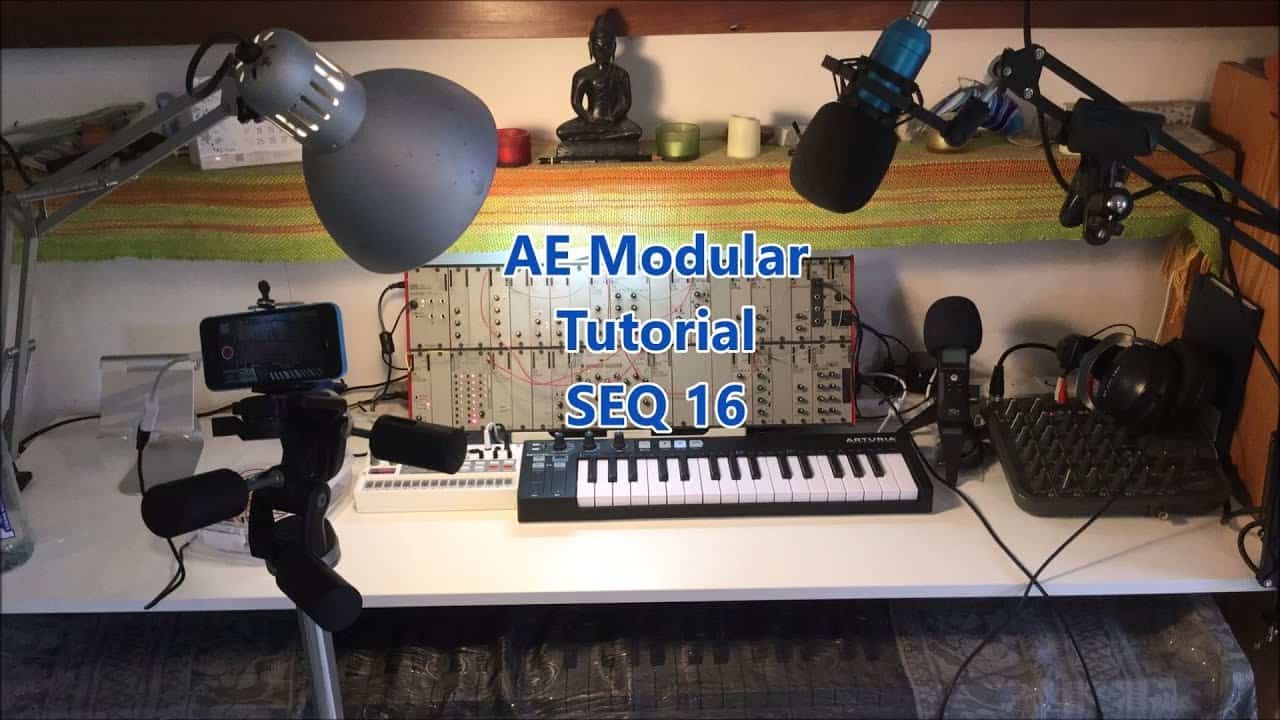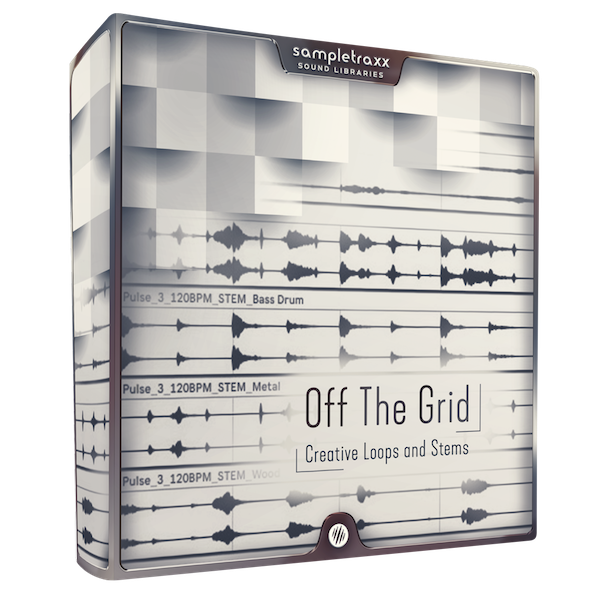If you’re interested in film sound design, you need to know what it is. There are three basic categories: Diegetic, Synthesis, and Techniques. You’ll need to know all three to create a successful film score. Before you begin working with a sound designer, watching classic films is helpful. Many of these movies have references to specific sounds and scenes. This will make your job as a sound designer easier and more enjoyable.
This post will look at sound design and how it works in film and television. Sound design is an important part of storytelling in film and television, but it’s not something that many people think about when watching a movie. Sound designers use everything from foley to music to create the perfect soundtrack for any scene or shot. Sound designers work closely with directors and editors to ensure that every moment uses appropriate sound cues, whether those moments are part of the plot or simply intended to elicit emotion from viewers.
A Beginner’s Guide to Sound Design in Film
In the simplest of terms, sound design is the process of creating or manipulating the audio for a film. This can include everything from recordin foley sounds (i.e. the sound of footsteps or a door closing) to creating an entire sonic landscape for a scene. In short, sound design is responsible for everything you hear in a movie that wasn’t recorded on set.
One of the most important aspects of sound design is creating a cohesive soundscape. This means that all of the sounds in a scene should work together to create a sense of place and atmosphere. For example, if a film is set in a busy city, the sound designer might use things like car horns and police sirens to create a feeling of chaos and disorder.
Diegetic Sound: A Sound that The Characters Can Hear
Diegetic sound is the sound that a character can hear. It’s what we call on-screen sounds, like the music playing in their headphones or the voice of someone speaking to them directly. Diegetic sound effects include footsteps, doors opening and closing, cars honking—anything that can be heard by a character on-screen but not by us in reality.
Sound design is used to create an immersive experience for audiences; it helps us believe that we are right there in the world of your story as it unfolds before us on screen (or page). In order for this to happen successfully, though, you’ll need to use diegetic sounds thoughtfully and strategically throughout your film or video project!
Filmmaking is a complex process that involves the use of diegetic sound design. The audience is affected by sound in ways they may not realize. A skilled filmmaker will examine how sound affects the story and make informed decisions. In this article, we will look at some of the different types of diegetic sound design and how it can be useful to your filmmaking process.
The most obvious form of diegetic sound is character dialogue. To enhance the film’s realness, objects can be used. For example, if a character is walking through the snow, the audience should hear their feet crunching on the ground. Similarly, if they are walking through a city, they should hear the ambiance of the city. The film soundtrack can also be a key element of the film’s sound design.
Using music to complement the film can create a unique atmosphere, adding a new layer of depth to a scene. Diegetic music can also enhance the cinematic experience. Philip Glass, a well-known composer of extra-diegetic music for film scores, composed the music for The Truman Show. When played in the background, the music creates an atmosphere that enhances the film’s storyline.
The word “diegetic” comes from Greek. It means “recounted tale” and is used in film studies to describe a movie’s world. The sound of characters, objects, and music in a story is called diegetic sound. It is also sometimes called “actual sound” because the sound may originate somewhere onscreen instead of coming from an off-screen source.
There are two types of diegetic sound design for the film: non-diegetic or diegetic. Diegetic sounds are those that the characters can hear while non-diegetic sounds are those that the characters cannot hear. This includes background music, voiceover narration, and music.
Film sound design is incomplete without diegetic sound design. It can help the viewer understand the different types of sound in a movie. Diegetic sound, for example, can be used to mimic real-life situations such as dialogue. It can also be used to create a mood.
Diegetic sound design can help the audience understand what is happening onscreen by creating tension, suspense, and excitement. Birds chirping, wind blowing outdoors, TV static, and characters’ dialogue are all diegetic sounds. In addition, ADR (Animated Dynamic Sound) can make ambient noise or the sounds of a party more vivid.
Non-Diegetic Sound: The Sound that Only the Audience Can Hear
Non-diegetic sound is any sound that the audience can hear, but isn’t related to the story or characters. Common examples of non-diegetic sounds in film include music and foley (footsteps and other footsteps). These sounds are added to enhance the story and make it more interesting for viewers without breaking their concentration on what’s happening on screen.
Spot FX
Spot FX are the sounds that are created specifically for a film. They can be anything from a door closing to an explosion, but they’re added to the film after it has been shot. Sound designers create these sounds and place them into the movie by hand, so that what you hear onscreen is exactly what you’d expect to hear in real life.
Spot FX help bring movies to life by adding subtle details that make scenes more realistic and believable—an explosion might have glass shattering, dirt flying everywhere when someone runs through it, or fragments flying off of damaged structures during an earthquake (or any other natural disaster). You don’t want every sound effect in your film sounding like something out of Hollywood: if every spot effect were like this then your audience would lose faith in reality!
Foley Sounds
Foley is the reproduction of everyday sound effects that are added to film, video, and other media in post-production to enhance audio quality. The word “Foley” has been adopted into the vocabulary of those in the film and television industries to describe a process of recording such effects. These reproduced sounds can be anything from the clink of a glass to footsteps running up stairs.
The term “Foley” comes from Jack Foley (1891–1967), the Hollywood sound editor who created these effects for films during this period. In modern times, Hollywood sound editors continue this tradition through Foley editing and dubbing studios around the world that use sophisticated sound recording equipment and techniques to create these effects for modern films.
As we mentioned before, foley sounds are one of the most basic elements of sound design. Foley sounds are recorded in post-production and are used to replace any naturalistic sounds that weren’t picked up by the microphones on set. Common examples of foley sounds include footsteps, door slams, and glass breaking.
Dialogue Editing
Dialogue editing is another important aspect of sound design. This involves working with the actors’ recorded dialogue to ensure that it is clear and easy to understand. Dialogue editing can also involve adding in ADR (additional dialogue recording) if there are any lines that need to be redubbed for clarity or consistency purposes.
Sound Effects Editing
Sound effects editing is very similar to dialogue editing, except it deals with non-verbal sounds instead of spoken dialogue. This includes things like background noise, animal sounds, and crowd noise. As with dialogue editing, sound effects editing also involves adding in additional sounds if necessary.
Music
Music plays an important role in any film, and sound design has a lot to do with how music is used. For example, if you were watching a horror movie where the protagonist hid from something in a dark basement, you might expect the soundtrack to be low-key and eerie. If you heard loud rock music blaring over the scene instead, it would feel out of place since it would clash with the mood of the scene.
The same goes for diegetic and non-diegetic sounds: these are two types of noises that can be added to audio tracks to add meaning or context (and make them sound cool). In other words, diegetic sounds originate within your character’s world (like footsteps on concrete), while non-diegetic sounds come from outside their world (like wind chimes).
Sound Design Is an Important Part of Storytelling in Film and Television
Sound design is an integral part of storytelling in film and television. It’s used to convey the story through sound, so it’s important to know how it works.
Sound designers use many different elements in their work, including music and dialogue. They also use sound effects (like footsteps), Foley (naturalistic sound effects like footsteps), sound editing (changing or removing noises), and mixing (combining several sounds into one).
In addition to these technical aspects of sound design, there are broader creative uses for these elements as well:
- Mood: A mood is created when there’s a balance between silence and loud sounds with interesting detail. For example, if you’re watching an action scene where lots of things are happening at once—people running around with guns firing bullets all over the place—you can still hear the conversations between those characters because those conversations have more interesting details than just gunshots going off all around them! This creates tension but doesn’t distract from what’s happening on screen; instead it adds depth without distracting from what we’re seeing happen visually.”
Synthesis
Synthesis in film is the art of creating audio effects from a variety of sources. Synthesis has a long and distinguished history in filmmaking. Its earliest applications can be traced back to the early years of sound cinema. It was used long before the advent of digital film and synchronous audio and has helped codify many film genres. Synthesis has also challenged many traditional assumptions about speech rendering and constructing cinematic soundscapes.
The emergence of synthesizers in the 1980s accompanied a renaissance in sci-fi music, and many filmmakers began to incorporate synthesizers into their scores. John Carpenter’s The Thing (1982) cemented synths as the norm for sci-fi scenarios, and other films followed suit. In the early ’90s, synths also became a staple in popular music. The mainstream introduction of synths was made possible by the synth-orchestral fusion seen in The Terminator and its sequels. Other sci-fi films that helped break away from traditional orchestral sound included 2001: A Space Odyssey and Star Wars.
Synthesis was first developed in the 1920s and has evolved to adapt to changing socio-cultural environments. Today, the technology used in sound design can range from algorithms to electronic methods. Synthesis is a crucial part of film and music production. Its history spans from the pre-Telharmonium era through the post-digital age.
It can be difficult to create sound design textures. You must be patient and know your equipment to be a sound designer. Often, the results can be surprising and unexpected. Always be ready to learn new techniques and take notes. Anyone who is interested in sound design can find it rewarding to learn the art.
Sound designers also use synthesis techniques to make inanimate objects sound more real. For example, Ben Burtt gave R2-D2 a voice, using an ARP 2600 synthesizer. This sound design technique is often compared to the realism of real life. Although it is used in science fiction and horror films, there are some limitations.
In film, synthesis is a popular technique for creating cinematic music. It can be used to create hypnotic soundscapes or to create soundscapes reminiscent of mechanized environments. It can also be used to create soundscapes that combine electronic and organic sounds. It can also be used for creating new textures and enhancements to gestures.
The most basic form of sound design is synthesis, which involves the creation of sounds. It enables the user to create sounds from nothing by adjusting parameters. Another common method is MIDI, a digital sound creation method. A sound designer can control musical performances with digital tools by using MIDI.
Techniques
Sound design is an integral part of filmmaking. It can set the tone and mood of a scene before the visuals are even on screen. It can also alter the dialogue and create tension. For example, city noise was used as a backdrop during the dialogue track in the film Taxi Driver. Director George Lucas wanted the city’s sound to be audible, but the sound technicians disagreed.
The best sound design for a film complements the image without being distracting. It can create tension in a dramatic scene or set a romantic tone between two characters. Sound can also help evoke the right feelings in an audience. It can also add depth and realism to a film.
Sound in film and television is an integral part of the story. It may tell the story directly, or it may accentuate the story effects. Sound and picture have separate perceptual mechanisms, but when they combine, they form a whole that is greater than the sum of its parts. Films often aim to combine many elements into one experience.
Foley is an essential part of sound design. Using foley artists is a great way to make a film world more authentic and full. You can find an audio engineer who will work on your project if you want to become a foley artist. Folley artists are skilled at creating realistic sound.
The audio team includes sound designers, audio engineers, Foley artists and supervising sound editors. They may also be part of the ADR or music editor teams. Sound designers are often involved in film production as early as Pre-Production.
A true sound designer understands the audio aspect of filmmaking and is constantly listening and experimenting with different elements. They create sound effects that support the on-screen action and engage the audience. Often, a true sound designer will work closely with the director or editor to ensure that everything sounds right.
Sound design is an essential aspect in filmmaking. It has a fascinating history. It creates a unique soundscape and can give the viewer a sense of space beyond the screen. If you are interested in a career as a sound designer, you might start at a lower level and work your way up.
Conclusion
I hope that this article has helped you understand what sound design is and how it can enhance your stories. Now go out there and make some great films!








